#The traditional Albanian clothing
Explore tagged Tumblr posts
Text

The traditional Albanian clothing, Albania: includes more than 500 different varieties of clothing in all Albania and the Albanian-speaking territories and communities outside of Albania. Albania's recorded history of clothing goes back to classical times. It is one of the factors that has differentiated this nation from other European countries, dating back to the Illyrian period.. Albania is a country in Southeast Europe. Wikipedia
70 notes
·
View notes
Text

Albanian bride from Zadrima/ Nusja Zadrimore
Photo: Lesh Prendi
1987
#Albanian#albanian women#albanian clothes#zadrima#zadrimore#llesh prendi#Kosovo#old photos Albania#traditional clothes Albania#traditional clothing#Albanian traditional clothing#Albanian port#balkan#balkanism#fashion#old fashion#vintage fashion#Albanian costumes#Albanian history#bride zadrima#nusja zadrimore#Albanian culture#Leonora Cuv
415 notes
·
View notes
Text

Albanian woman, Albania, by Grace Medina
#albanian#albania#europe#eastern europe#folk clothing#traditional clothing#traditional fashion#cultural clothing
336 notes
·
View notes
Text

Young Albanian girl wearing a traditional dress in Tirana, circa 1938.
659 notes
·
View notes
Photo
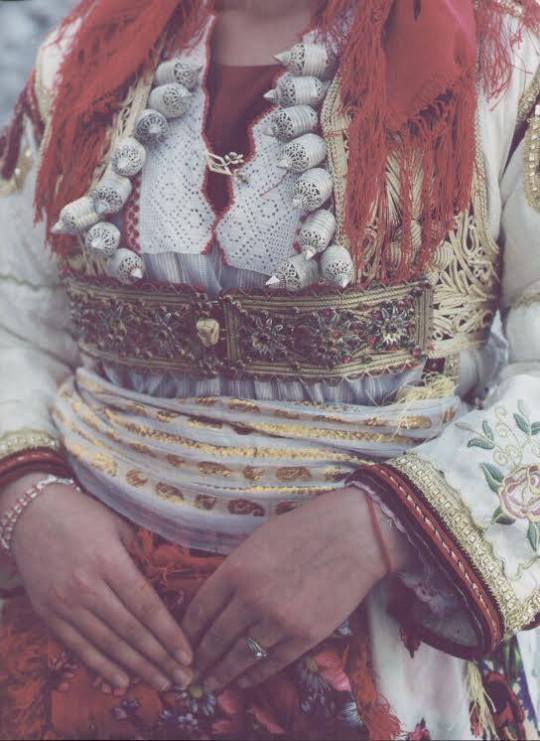
Detail of an Albanian traditional costume from Shestan.
#albanian#albania#region: shestan#shqiptar#Montenegro#balkan#balkans#costume#folk#folklore#traditional clothing
544 notes
·
View notes
Text
Albanian Women's Traditional Clothing

Albanian women's traditional clothing includes the iconic "Xhubleta" vest worn over a white blouse, symbolizing femininity and culture. They also wear a pleated "Fustanella" skirt with elaborate patterns, paired with a "Qeleshe" apron and adorned with jewelry and scarves for a stylish look.
3 notes
·
View notes
Text







"The eyes chico" ♧
"I do not own any of thse pictures "
#Spotify#aesthetic#beautiful eyes#eye contact#balkan#middle east#east europe#albania#albanian#arab girls#slavic#mediterrenian#fashion#art#movies#books & libraries#tumblr girls#pretty girls#traditional clothing#mother#female main character#makeup#girls girls girls#enchanting#sirens#music#strong girls#strong female characters#strong women#beautiful women
19 notes
·
View notes
Text
Just went through the depths ™ of my sketchbook and stuff ™. Pretty old stuff but it explains a lot of the lore of my version of Mondstadt. I know my handwriting is bad😭 I’ll try and translate
(You can see how different my style is on paper LMFAOOOO)
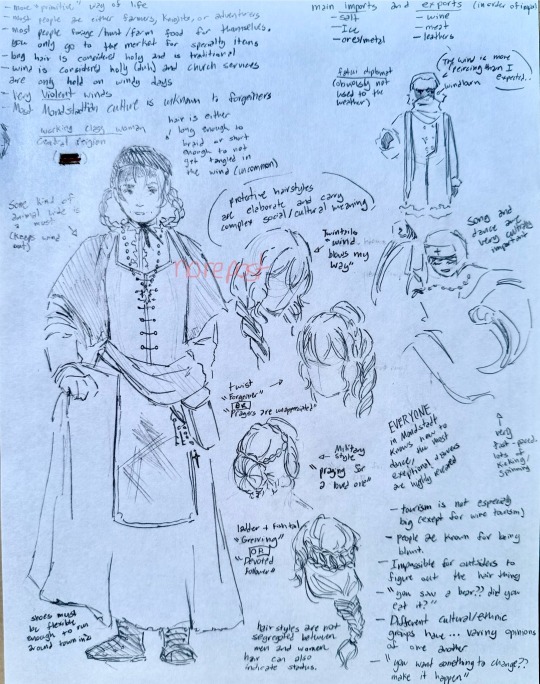
This one is the newest!!!
Wanted to elaborate on clothing and hair. I HATEHATEHATE how much traditional German clothing is sexualized so guess what I did!!!! Anyway I wanted to lean further into traditional German clothing while also taking into account what would be most convenient for the people living there. I wanted hair to be super important too. MONDSTADT IS WINDY. WHY IS YOUR HAIR DOWN PEOPLE. So I thought since people generally have their hair up here they would probably develop a really complex culture around the way hair is put up. (Thank u kaeya and diluc for being my hair models) And Since wind is considered holy there would probably be religious implications there too.
I also think it would be kinda neat if other nations were kinda unbeknownst to the fact that mondstadt has culture aside from drinking.

WHEW THIS ONES OLD. I wanted to go more in depth about the internal relationships between the cultures of mondstadt. I had noticed the cross symbol around and kinda tried to recontextualize it to fit the world.
Here’s a transcript of some of the bottom text for those who can’t read it:
“Those who hail from the south (east AND west) are generally looked down upon by those who are from central/northern mondstadt. They are seen as trashy/dangerous due to association with the fatui.”
“Southwestern ethnic/cultural groups include:
- Czechs/Slovakians (usually just referred to as Czechoslovakians, there’s no real reason to separate in this context)
- Hungarians
- Croatians
- Albanians
Southeastern ethnic/cultural groups include:
- Poles
- Lithuanians
- Belarusians
- Romanians”
If any explanation is needed just let me know!! These are very old haha
In any case here’s some assorted brainrot notes:
Inazuma has closed its borders completely, disallowing the majority of trade and travelers. However, a select few people are allowed within the country’s borders for trade/political talks.
Inazuman salt is essential to the survival of the people of mondstadt, as they need it to preserve their meat for winter.
Many nations, ESPECIALLY FONTAINE, look down upon mondstadt, because they see it as a trashy, uncivilized place full of drunkards.
#genshin diluc#diluc ragnvindr#diluc#genshin fanart#my art#ragbros#genshin comic#genshin impact#genshin kaeya#kaeya alberich#gi#jean gunnhildr#jean genshin impact#Jean genshin#kaeya ragnvindr#ragfam#mondstadt
67 notes
·
View notes
Text
Spike Spiegel in traditional Albanian clothing playing the qifteli cause I said so

Taking him and makin him Albanian for the funnies… I’m very proud of this one :D
#cowboy bepop spike spiegel#cowboy bebop#cowboy bepop spike#spike spiegel fanart#spike#spike spiegel#fanart#cowboy bepop fanart#art#artists on tumblr
27 notes
·
View notes
Text
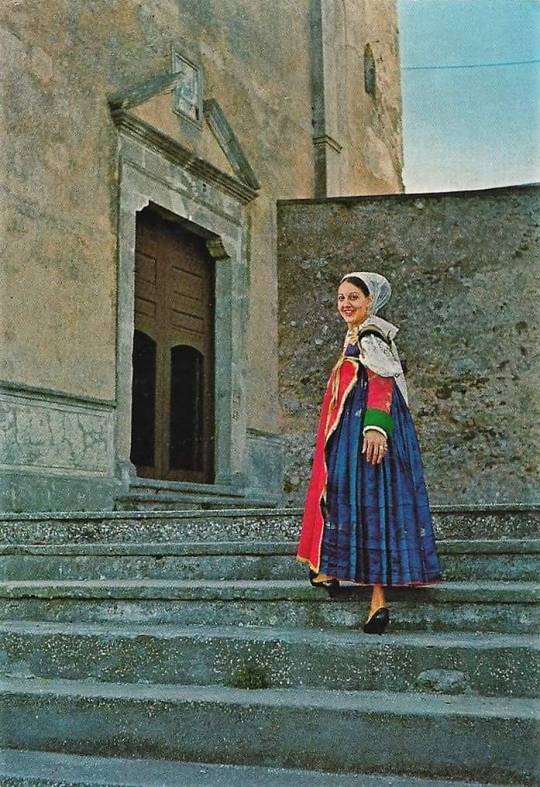
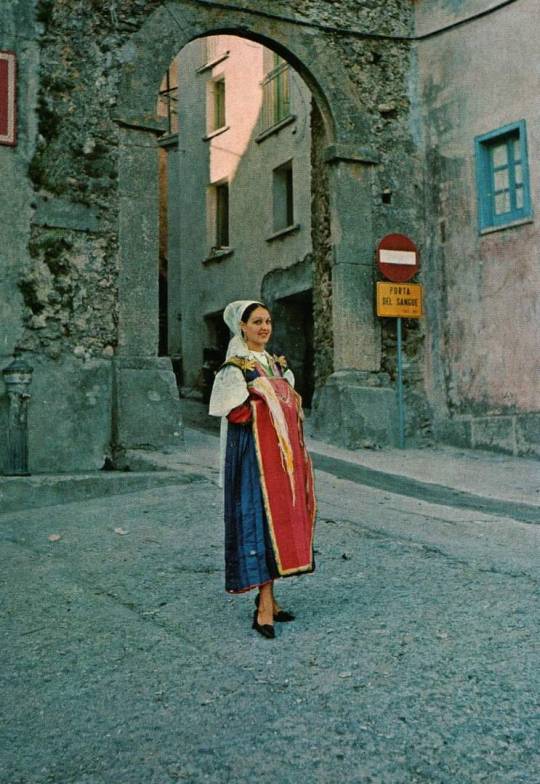
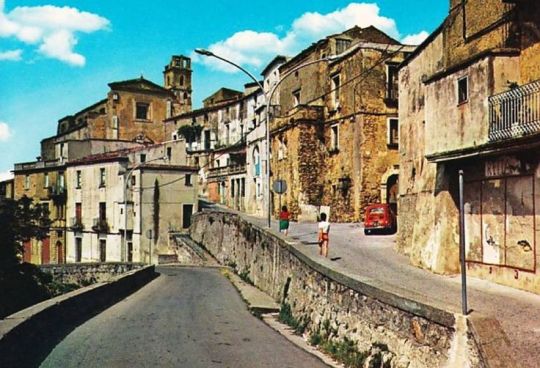
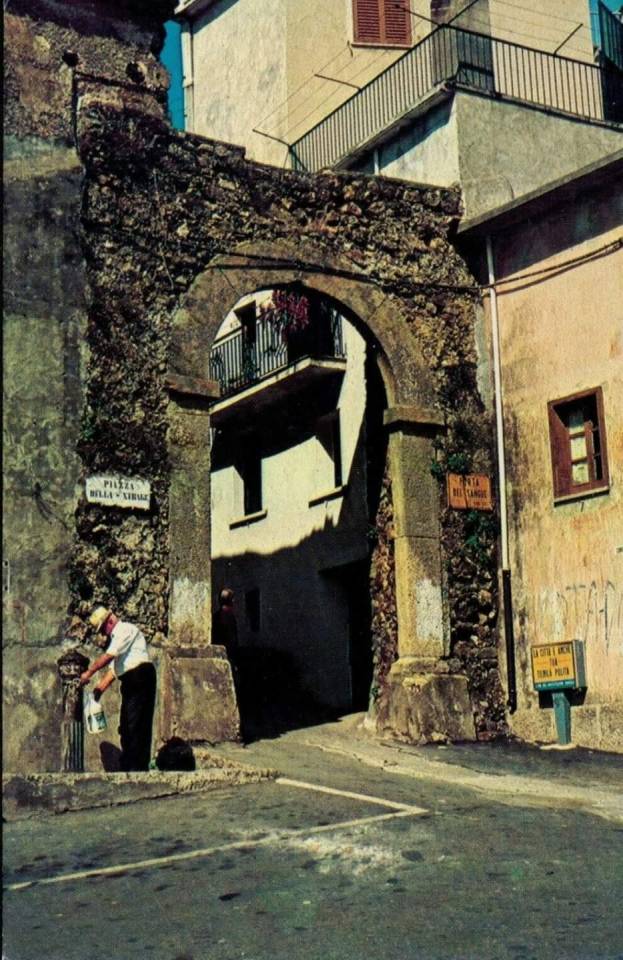
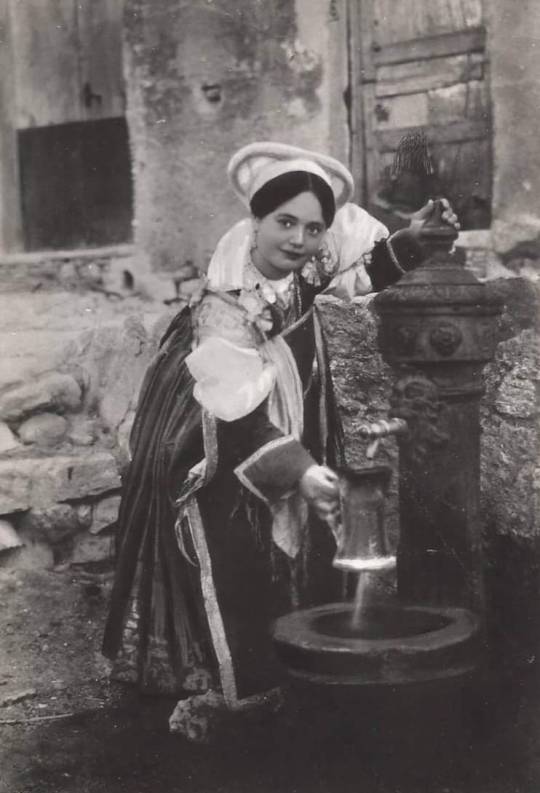
Occitan is still spoken in Southern Italy's Calabria
Blessed with one of the most beautiful languages, Italy is also home to a plethora of linguistic minorities, twelve to be precise, across fourteen regions, with almost three million speakers. The Occitan linguistic minority of the Alpine valleys of Northern Italy's Piedmont and Liguria is probably one of the most well known, also because of the importance the language had in the history of European culture and literature: the Langue d’Oc and its poetry inspired the troubadours of Provence, in Southern France. In those days, Occitan was spoken in the South of France, from the Atlantic to the Alps, but today only small pockets of Occitan-speaking people exists, mostly across the Alpine valleys of France, Liguria, Piedmont and in thr town Guardia Piemontese, in Southern Italy's Calabria.
How did Occitan speaking people end up from the mountains of Northern Italy to the southernmost region of the Italian peninsula?
It’s a long story, one that brings us back to the 13th century, to a religious minority called Waldensians and to the fact Calabria is known for being a welcoming land for all those seeking refuge, from Greeks to Albanians and Jews.
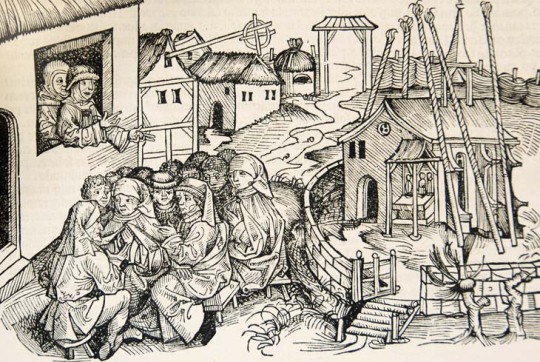
The Waldensian movement had developed in the Cottian Alps between France and Northern Italy towards the end of the 12th century, most likely thanks to the contributions of Peter Waldo (from whom the movement took its name). Waldensians lived a life of asceticism and poverty, but some of their more extreme views — lack of faith in transubstantiation and having associated the Catholic church with the “harlot of the Apocalypse” — turned them into religious pariah and victims of persecution across Europe.
A considerable group of Waldensians moved to Calabria in the 13th century to escape persecution in Northern Italy and the land of Calabria proved to be a blessing, because its fertile soil allowed the development of a prosperous community.
Guardia Piemontese is a town on the Western coast of Northern Calabria.

The date of Guardia's foundation is unknown, and the name of the place has changed several times in history. "Guardia" means watch or lookout, and this name is probably related to a lookout tower built in the 11th century. Such lookout towers were built to warn against Arab pirates, then called Saracens, ravaging the coast.

For the first century, the community of Guardia cohabited peacefully with their Catholic neighbors, but things tragically changed when the Waldensians decided to join the Protestant Reform: then, they became the enemy and victims of a religious persecution that was to obliterate them in the early summer of 1561. Those tragic events are still remembered today in Guardia Piemontese, thanks to a monument called La Porta del Sangue, (the Gate of blood), a memento to the violence that killed so many and forced many others to conversion.
Despite the suppression of their religion, the people of Guardia, or La Gàrdia, as they call it, have continued to use their distinct Occitan dialect, Gardiòl. Not surprisingly, it has been influenced by the speech of their neighbours in Calabria. For example, Gardiòl has adopted the use of retroflex consonants, common in Sicily and southern Italy.
The traditions that the Waldensians brought from Piedmont to Calabria, such as the Occitan language and certain customs, have survived over the centuries right through to the present day.
In 1863 the name Guardia was changed to Guardia Piemontese, to honor the geographical origins of the Waldensians.
On 5 June 2011, 450 years after the massacre in Guardia, the Waldensian Church opened a museum and cultural centre in the town. The museums tells the story of how the Waldensians arrived all the way in Calabria and preserves agricultural tools, the traditional clothing of Guardia Piemontese, made with a particular yarn of broom and the famous hurdy gurdy, an French instrument of medieval origins. In the Occitan valleys in Italy, the hurdy-gurdy was the traveling companion of buskers.

The Waldensian Church and the municipal authorities now collaborate closely in cultural affairs. Numerous ecumenical events have been planned together with the local Catholic community to mark the 500th anniversary of the Reformation.
Follow us on Instagram, @calabria_mediterranea
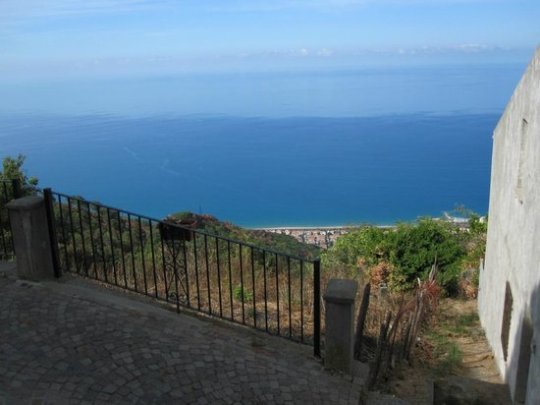
#guardia piemontese#calabria#italy#italia#south italy#southern italy#mediterranean#folklore#folk dress#traditional clothing#architecture#vintage#vintage photography#vingate photos#italian#italian women#folk costume#occitan#langblr#langue d'oc#d'oc language#heretic#heresy#hurdy gurdy#traditions#history#medieval
38 notes
·
View notes
Text
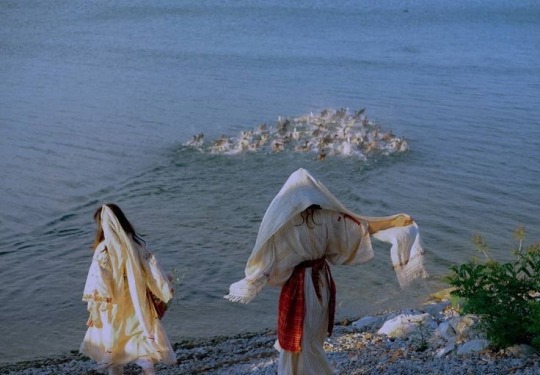
Traditional Albanian clothing from Zadrima by natasha.paja.
107 notes
·
View notes
Text
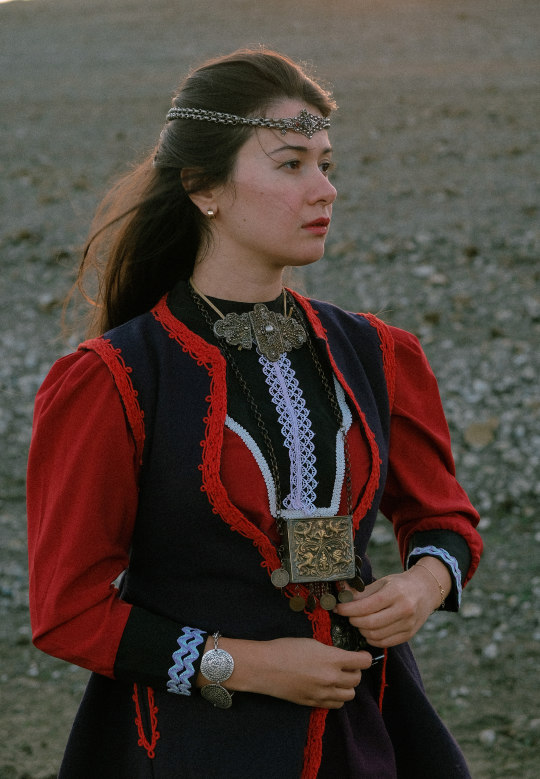
Albanian woman, Albania, by Natasha and Elsa Paje
#albanian#albania#europe#eastern europe#folk clothing#traditional clothing#traditional fashion#cultural clothing
779 notes
·
View notes
Photo

Albanian traditional clothing, Godolesh, Elbasan 1988. Photo: Nikolin Baba
#albanian#albania#balkan#balkans#traditional clothing#elbasan#godolesh#costume#folk#shqipëria#shqiptar#shqiperia
328 notes
·
View notes
Text

Albanian bride ✨
#albanian#bride#wedding costumes#traditional clothing#balkan#balkans#tradition#costume#ethnic#folk#jewerly#shqiptar
33 notes
·
View notes
Text

Traditional Albanian costumes series - Clothing from Mirdita. PHOTOGRAPH GRACE MEDINA.
10 notes
·
View notes
